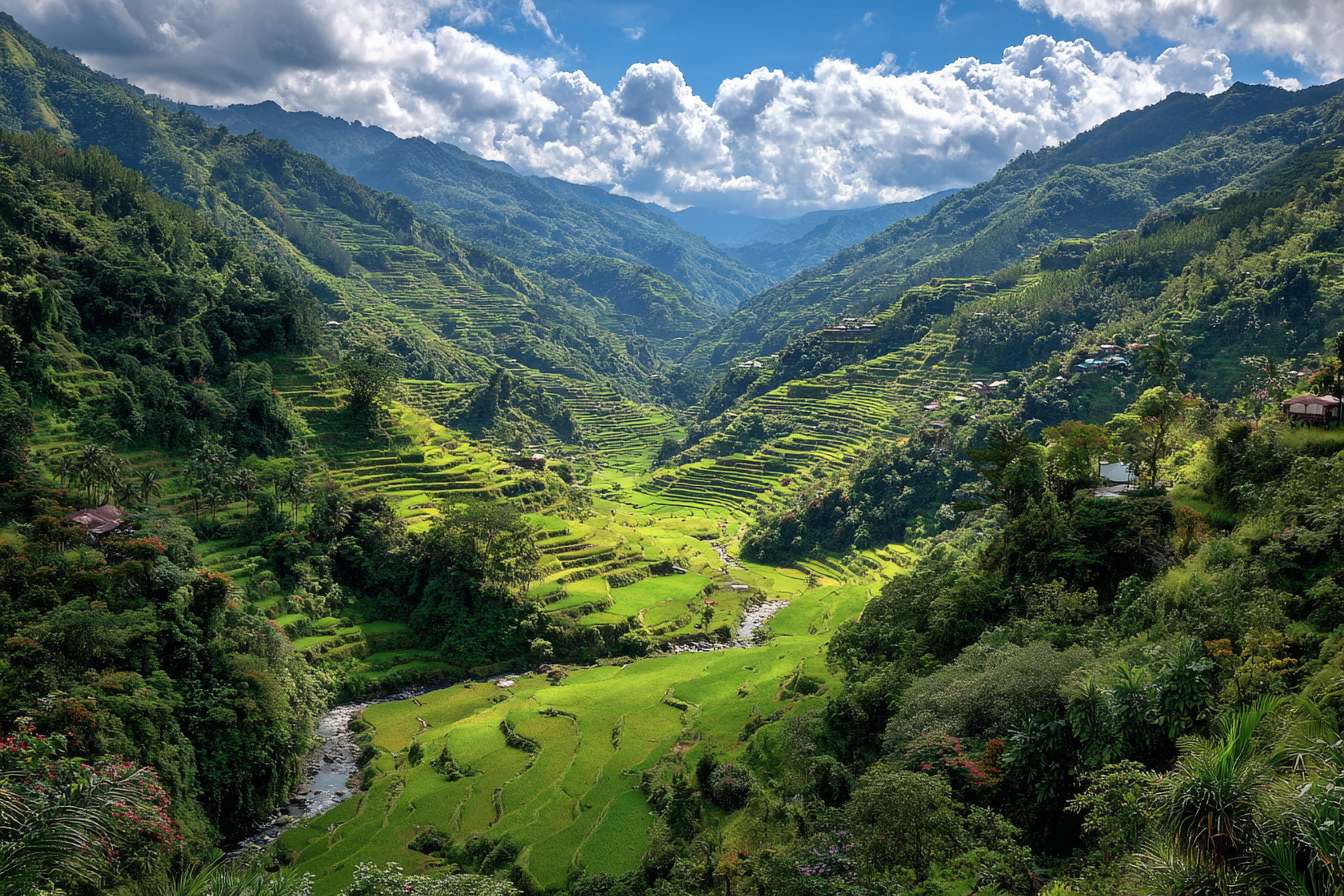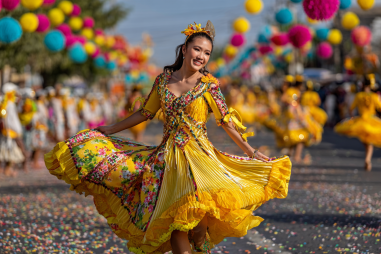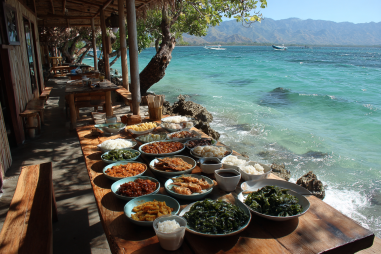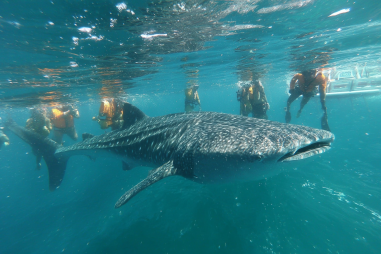Planning a visit to Banaue, often referred to as the “Eighth Wonder of the World” because of its stunning rice terraces, requires some thought about timing. The region’s climate, agricultural rhythms, cultural festivals, and tourist influxes all interact to shape your experience. Knowing when to go can help you enjoy Banaue’s natural beauty and rich culture to the fullest. Let’s explore the best time to visit Banaue by diving into its climate, seasonal highlights, and practical travel tips.
Banaue Climate Overview
Banaue is located in the mountainous region of Ifugao province in the Philippines, which means its climate is markedly different from the lowland tropical areas. It has a subtropical highland climate characterized by relatively cool temperatures year-round, with average daytime highs ranging from 23°C to 28°C (73°F to 82°F). The area’s elevation, about 1,500 meters above sea level, brings cooler nights and a refreshing atmosphere.
The year is typically divided into two seasons: the dry season and the wet season. The dry season usually runs from November to May, while the wet season stretches from June to October. These seasons influence accessibility, views, and activities, making it essential to plan your trip according to your preferences.
Dry vs. Wet Season: Pros and Cons
Dry Season (November to May) is widely regarded as the best travel period to Banaue. The skies are clearer, rainfall is minimal, and the trails around the rice terraces are less slippery and safer for trekking. These months coincide with the cool, dry months in northern Philippines, making hiking and exploring more comfortable. Visitors during this time can expect:
- Clear views of the iconic rice terraces
- More opportunities for outdoor activities and trekking
- Less muddy and hazardous hiking trails
- Generally easier travel conditions on rural roads
However, this period is also the peak tourism season. This means you might encounter more tourists, higher prices for accommodation, and busier service providers.
Wet Season (June to October) brings regular rainfall, which can be a double-edged sword. On the one hand, the terraces become lush and vividly green, showcasing the vibrancy of growing rice crops. On the other hand, heavy rains and occasional typhoons cause slippery trails, landslides, and the possibility of travel delays. Travelers should be prepared for:
- Magnificently green landscapes and thriving nature
- Fewer tourists, offering a more serene experience
- Lower accommodation and tour prices
- Potential road closures or transportation disruptions
If you decide to visit during the wet season, pack waterproof gear and prepare for variable weather. Your experience will be quieter but might require more flexibility due to unpredictable weather conditions.
Rice Terraces Seasonal Cycle
The Banaue Rice Terraces are an agricultural marvel shaped by generations of Ifugao farmers. Understanding the rice-growing cycle adds depth to your visit, as the terraces undergo visually distinct changes throughout the year.
Shortly after the planting season in June and July, terraces will be flooded with water to prepare for seedlings, creating mirror-like reflecting pools that are beautiful in photos. During this early growth phase, the terraces appear silver and shimmering under sunlight.
From August to October, the terraces turn a bright green as rice plants mature. This is when they are most vibrant, symbolizing the peak of the agricultural cycle. Harvesting typically happens in November and December, turning terraces golden and then brown as the fields dry up for the next planting season in the new year.
To see the terraces in their lushest green stage, timing your visit between August and October is ideal, weather permitting. For panoramic views of the terraces reflecting skies and surrounding mountains, the early planting season right after the heavy rains in June and July can be magical.
Festivals and Cultural Events
Beyond the stunning landscapes, Banaue offers rich cultural experiences, often tied closely to agriculture and Ifugao traditions. Aligning your trip with local festivals allows you to witness vibrant celebrations and customs that showcase the indigenous people’s heritage.
One of the key cultural events is the Gotad Ad Ifugao Festival, usually held in April or May. It celebrates Ifugao history, rituals, music, and dance, immersing visitors in native culture with colorful parades and community gatherings.
Additionally, harvest-related ceremonies and rituals throughout the year offer insight into the spiritual connection between the Ifugao people and their rice terraces. While many events fly under the radar for casual tourists, inquiring locally can reveal treasured local experiences.
Traveling during festival periods can be rewarding, but also means locals are busy, and accommodation may be in higher demand. Planning well ahead is advised if you want to catch these memorable events.
Tourist Crowds and Accommodation Availability
Banaue has grown in popularity steadily, but it remains less commercialized compared to other Philippine tourist sites. The dry season (particularly from December to April) attracts the most visitors because of the ideal weather. During these months, expect to find more tourists around viewpoints, hikes, and accommodations filling up faster.
Booking your stay in advance during this peak time is recommended, especially if you want to secure lodgings with exceptional views or specific amenities. Smaller inns and guesthouses can fill up, and prices tend to be higher.
In contrast, the wet season draws fewer tourists, creating opportunities to visit without the crowds. You might find some establishments temporarily closed or with a scaled-back operation during heavy rain months, so it’s wise to confirm availability ahead of time.
Travelers seeking peace and quiet will appreciate the shoulder months such as November and May, when the weather starts to shift but the tourist throngs have not yet peaked or have already diminished.
Packing and Preparation by Season
Packing smartly is essential for enjoying Banaue whether you visit in wet or dry months. Here’s how to prepare:
Dry Season Packing Tips
- Lightweight clothing for warm days, layered with a light jacket or sweater for cool mountain evenings
- Good hiking shoes for trekking
- Sun protection — sunscreen, hat, sunglasses
- Reusable water bottle to stay hydrated
- Camera or smartphone for landscape shots
Wet Season Packing Tips
- Waterproof jacket or poncho and pants
- Water-resistant hiking boots with good grip
- Umbrella for lighter rains
- Extra socks and quick-dry clothes
- Plastic bags or waterproof cases to protect electronics and important documents
- Insect repellent, as rain encourages bugs
For both seasons, carrying light snacks and a small first aid kit is wise, especially because medical clinics in remote parts of Banaue might be limited.
Planning Your Ideal Travel Window
Deciding when to visit Banaue depends primarily on your priorities. If you crave clear, balmy weather, panoramic views, ease of travel, and don’t mind sharing the magic with other tourists, the dry season from November through May is perfect. Peak months like December through February offer the most comfortable temperatures and conditions but come with larger crowds.
If you’re seeking lush landscapes and a quieter experience, planning your trip in the wet months (June to October) might be rewarding — just be ready for rain and occasional travel disruptions. Visiting just after the first heavy rains, in late June or early July, offers both scenic terrace reflections and manageable weather.
Cultural enthusiasts interested in festivals should target the late dry season when celebrations like Gotad Ad Ifugao happen. Individuals wanting to save some money and avoid crowds could also consider shoulder months like November and May.
Ultimately, the best time to visit Banaue balances your weather tolerance, cultural interests, and adventure spirit. Equipped with these seasonal travel tips, you’re now ready to plan a visit that truly highlights the timeless beauty and vibrant traditions of Banaue.







